By Corey Sandler
I’ve just returned…last night, to be precise…from nearly a month at sea. Safe and sound, well fed, and restocked with new stories and photos.
We spent the largest portion of two cruises inside the Arctic Circle. In February, generally the coldest and snowiest and windiest time of the year.
And for the first two weeks that was exactly what we got: cold, wind, and snow. The second two weeks were strangely, terrifyingly warmer than usual greatly confusing visitors, reindeer, Arctic fox, and other denizens.
I’ve spent a lot of time in the high latitudes up north, including research trips to Svalbard, upper Norway, Iceland, Greenland, and far northern Canada; those trips initially were for the book I wrote retracing the four known voyages of the English explorer Henry Hudson from 1607 to 1610.
Hudson got trapped in the ice near Svalbard and then Russia’s Novaya Zemlya island near Arkhangelsk before he turned westward and headed for North America…where he got caught in the ice of Canada’s James Bay.
You can read that story in my book, “Henry Hudson: Dreams and Obsession.” You can order a print or digital copy here.
On our trip in February of 2024, we sailed in great comfort, with indoor heating and conveniences, and fine food. I was a featured speaker aboard Viking Venus, a vessel Henry Hudson could not possibly have imagined.
But that’s not to say we were oblivious to the weather. As I said, inside the Arctic Circle in February.
As we prepared to fly from Boston to London to meet our ship at the Port of Tilbury on the Thames, we heard the first intimations of meterological mayhem.
The winter’s strongest storm, big enough to be given a name, was lashing the North Sea and the Norwegian Sea.
Storm Ingunn hit the coast of Norway with hurricane-force winds. Scientists said it had the characteristics of a relatively rare “sting jet”, a narrow band of very strong winds caused by the unusually rapid strengthening of an extreme low-pressure system. Very fast upper-level winds were redirected downward to sea level.
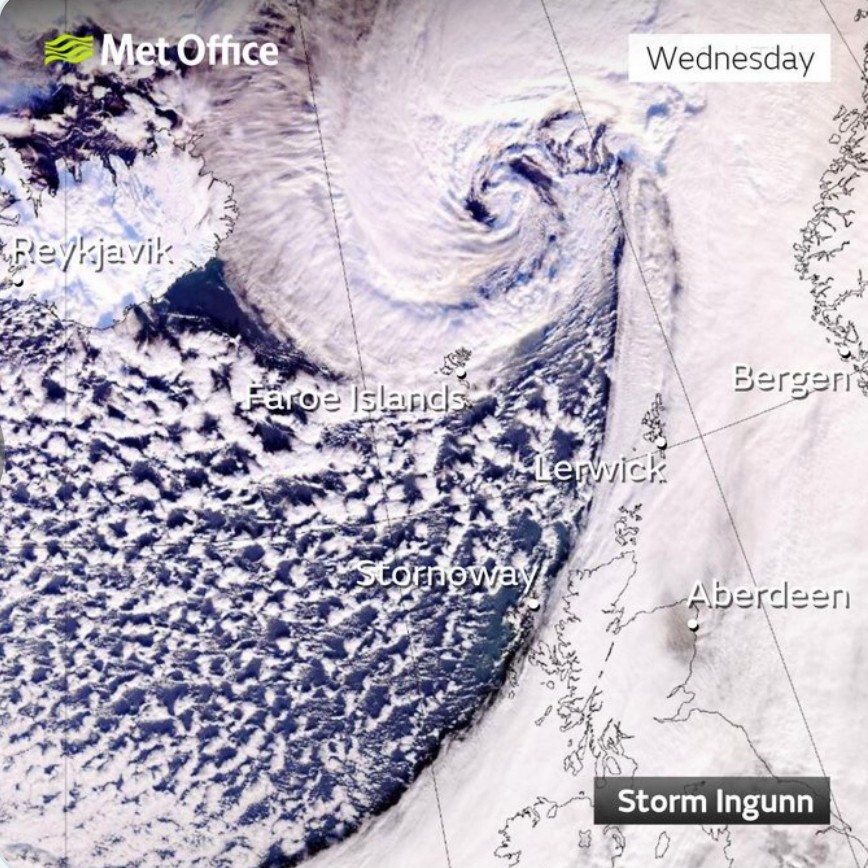
In fact, atmospheric pressure dropped to a level very close to the lowest on record in Norway, a mark not seen since 1907. The storm itself was judged to be the fiercest to hit Norway since 1992.
Storm Ingunn brought hurricane force winds of 115 miles per hour to the island of Heimøya, north of Trondheim. Up and down the coast, sustained winds of 100mph were recorded, and in Bergen to the south a bus was blown off the road.
The day before our flight to London we received an email with a few scant details. Get to London, it said, and we’ll figure out out from there.
When we arrived in London, our ship was still securely tied up at the pier in Tromsø, 2,178 miles away, at the top of Norway inside the Arctic Circle.
It took three days to ferry the guests on board the ship—by chartered jet—from Tromsø to London and to transport new guests (and us) from London up into the Arctic.

The itinerary was completely scrambled, and I was madly at work reordering and adjusting my lectures for the guests.
But we were safe and the ship was grand and Norway, as always, was gorgeous. And our suitcases were properly crammed with winter clothing. Nothing like a good set of thermal underwear, a ski parka, down-filled mittens, and a balaklava to make you feel at home. I hardly noticed the -2 degree Fahrenheit (-18 Celsius) morning in Alta, Norway.
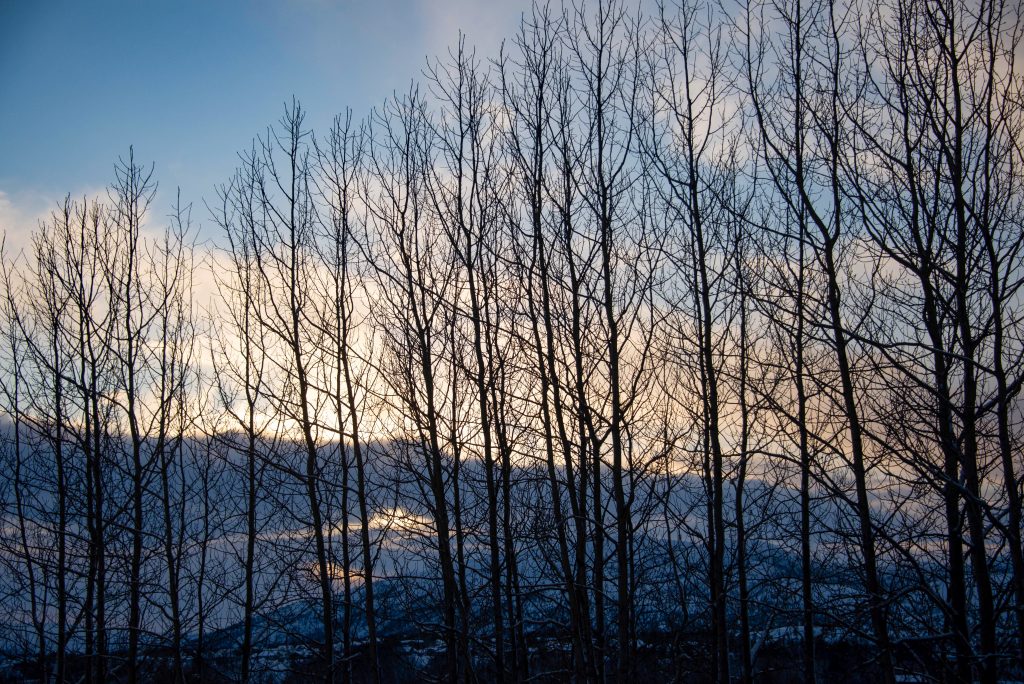
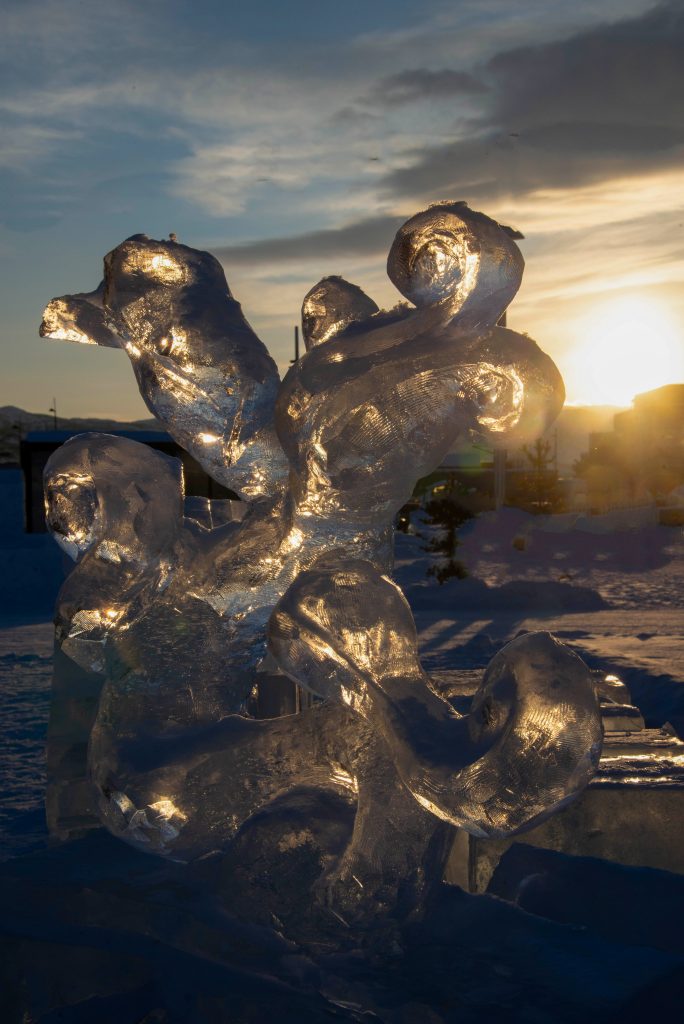
Oh, all right, I did notice the temperature. But this was the Arctic in February, right?
Here are some photos from that first cruise, which ended as per schedule in Bergen, Norway. Next month I’ll share photos from the second cruise which sailed back up north to Tromsø and Alta and then returned us to Tilbury on the Thames and our flight home.
We made it back, unlike Henry Hudson.
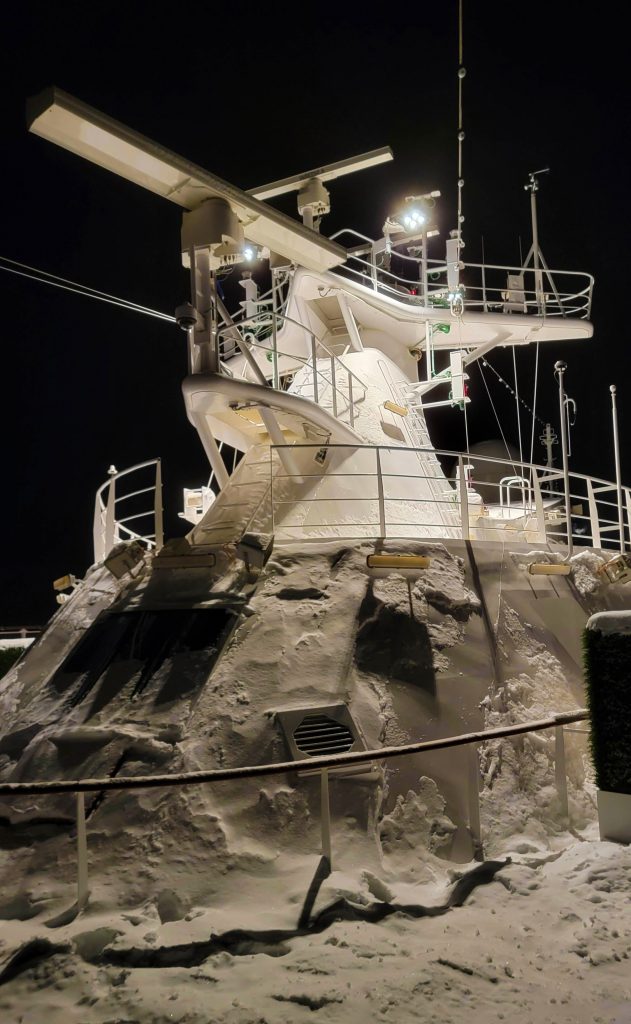


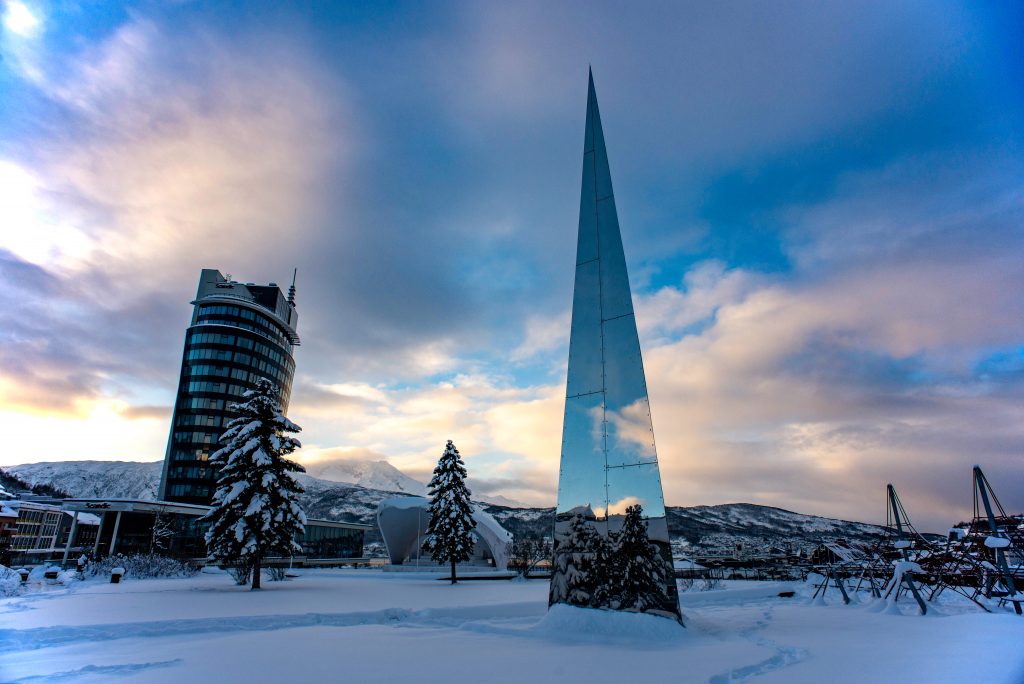
Copyright 2024. All rights reserved. If you would like to purchase a photo for personal or commercial use please contact me.
